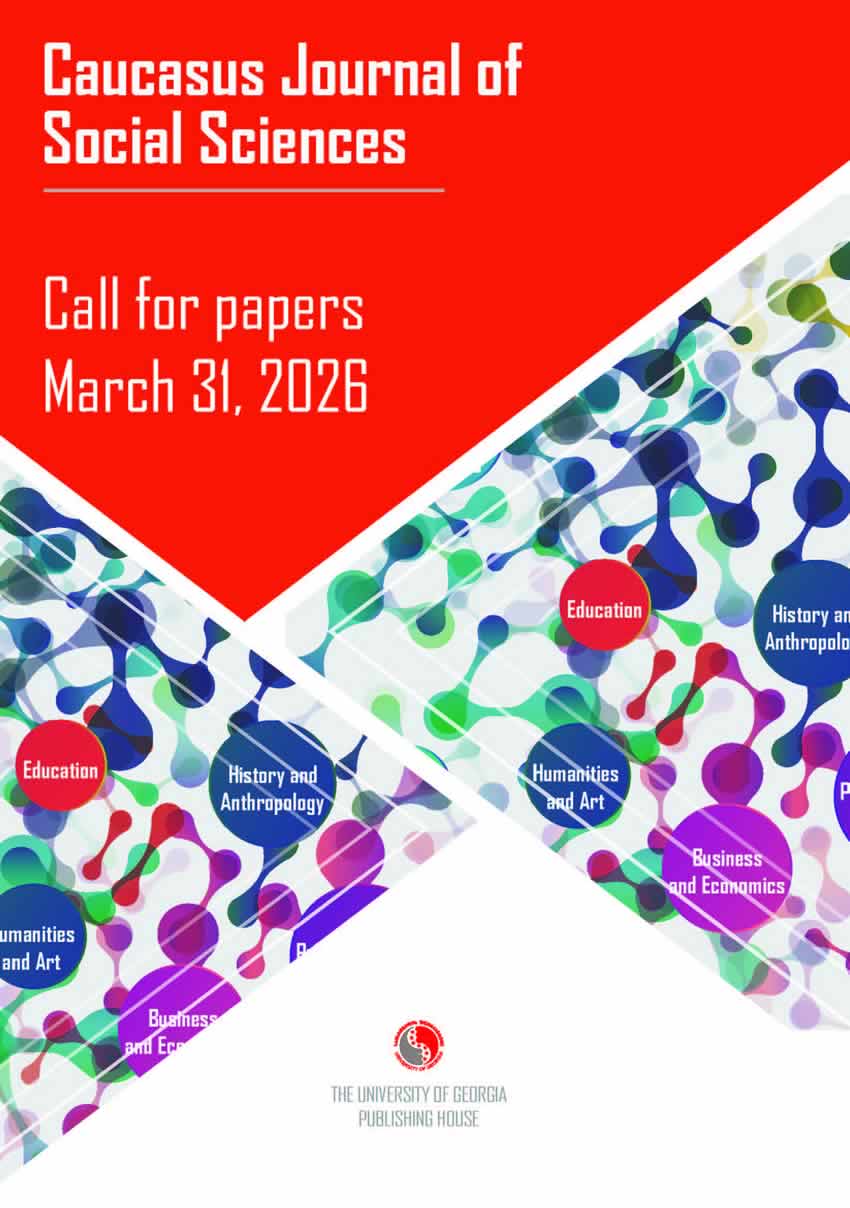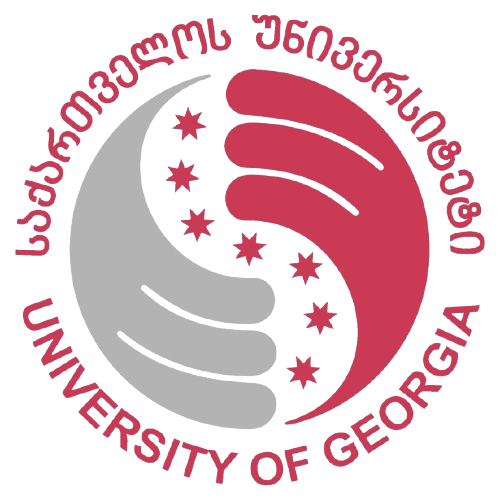Tbilisi According to the Foreign Sources
DOI:
https://doi.org/10.62343/cjss.2008.11Keywords:
Georgian-Arab relations, Abu ‘Ubayd al-Kasim, Tbilisi Emirate, Timur Lang Shah Tahmasp I ,Seizure of Tbilisi , Georgians and Christians in TbilisiAbstract
In the second part of the fifth century King of Georgia Vakhtang
Gorgasali reconstructed and extended Tbilisi alongside some other
cities and made it the capital of the country. From that time, the significance
of the city considerably increased and together with some
other distinguished cities of the world, it was frequently mentioned in
the works of foreign travelers and scholars visiting Georgia.
The present paper introduces the evidence of foreign sources about
Tbilisi from the fourth century until the twentieth century in Greek,
Armenian, Arabic, Persian, Turkish and European languages.
Attention is drawn to the location, the architecture, the population, its
occupation, the conquerors of the city, and the fights against them.
One can see that regardless of the ethnic composition of Tbilisi, which
changed over time - the city managed to preserve its face and peculiarities:
aspiration towards freedom, tolerance, and hospitality. All visitors
were delighted by the sulfur baths, the architecture, the educated
people, their taste, and the beauty of the women.
Since Tbilisi preserved its position as the main city of the country for
a long time, the paper also includes a brief history of Georgia presented
from a special perspective.
Downloads
Published
How to Cite
Issue
Section
License
Copyright (c) 2023 Giuli Alasania

This work is licensed under a Creative Commons Attribution 4.0 International License.
In case an article is accepted for publication it is allowed to combine the article with other research, to conduct new research on the article, or to make different arrangements on condition that the same license is used including commercial purposes.
As an author of an article published in the Caucasus Journal of Social Sciences, you retain the copyright of your article and you are free to reproduce and disseminate your work.











